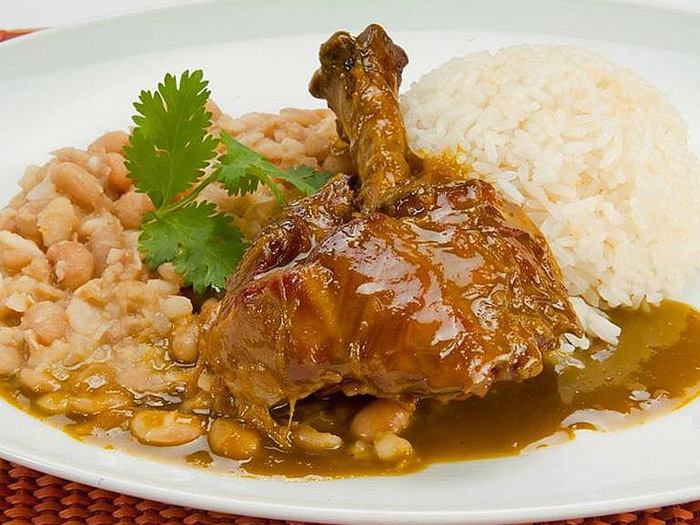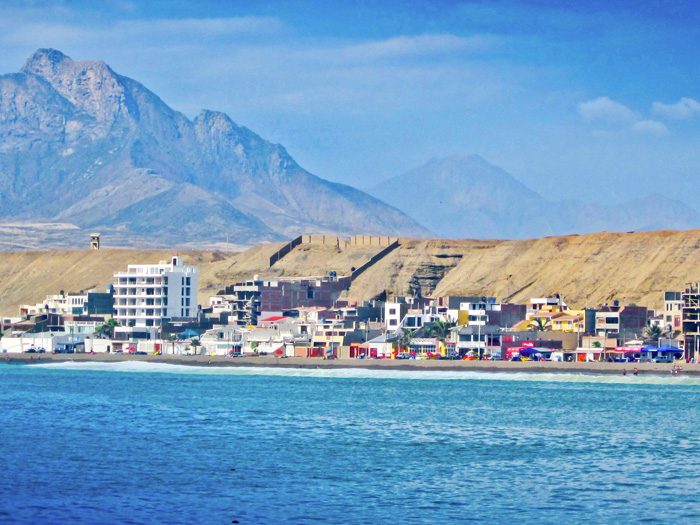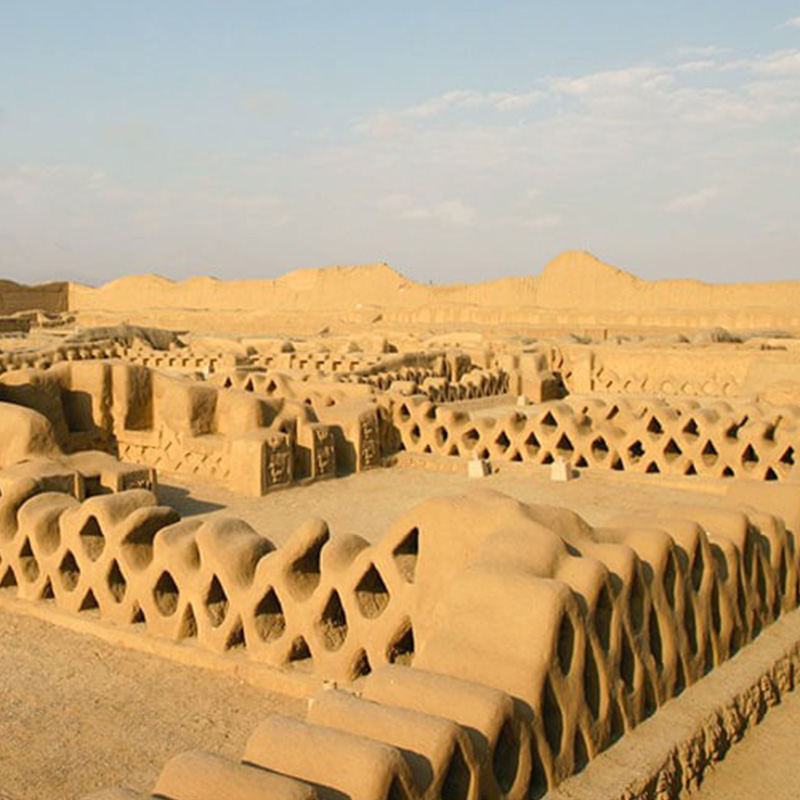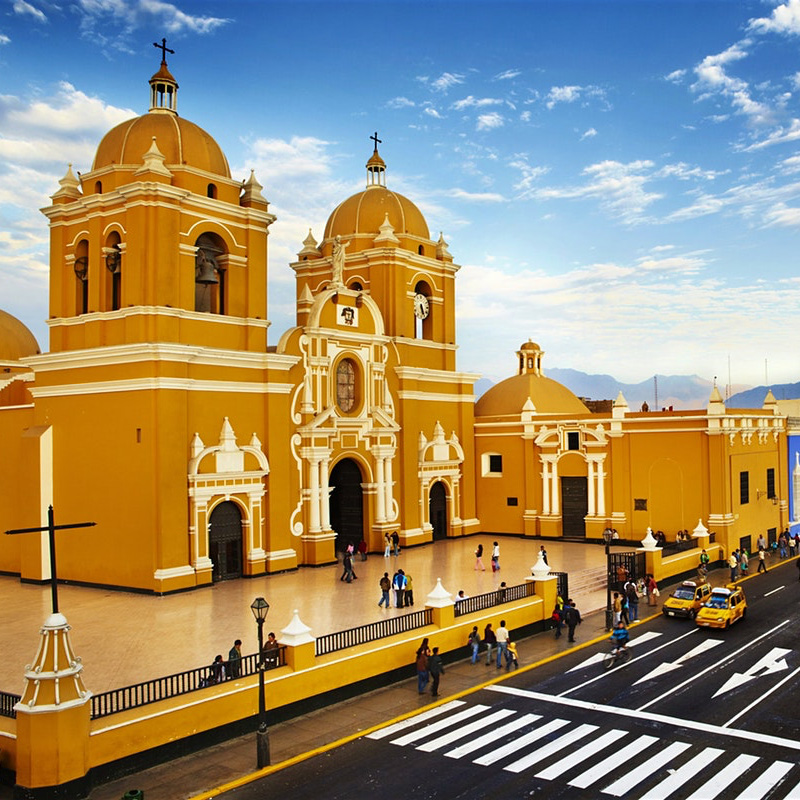Trujillo
SHARE
Trujillo is the third largest city in Peru by number of inhabitants (population of over 630,000 units), aristocratic and elegant, with a mild climate made pleasant by the waters derived from the Moche river. The city (556 km from Lima) is in full development and has seen the rise of numerous industries alongside the traditional ones linked to agriculture; however, it has not erased the signs of its glorious past, when, in colonial times, it boasted of being the largest commercial and cultural center in the whole of the North. Founded by Pizarro in honor of his hometown in Extremadura (the Roman Julia furris), Trujillo was built in the usual orthogonal line pattern near the ruins of two Chimu pyramids, known as the Sun and the Moon, and still preserves beautiful colonial houses from the patios (courtyards) shaded immersed in lush greenery, enlivened by fountains of Moorish taste, and azulejos, majolica tiles.
Center of the city is the plaza de Armas, which opens around the monument to the pròceres, the heroes of independence, high among the palm trees. And a very large square (the largest in Peru, the inhabitants say) where the main buildings stand: the cathedral, built in 1647, but rebuilt after the disastrous earthquake of 1759, is especially interesting for its grandiose interior, rich in paintings and exuberant altarpieces in gilded wood (retablos); the church of the Carmen, a fine example of eighteenth-century architecture, although damaged by the earthquake of 1970, has a beautiful churrigueresque altar; the adjoining convent, used as a museum, preserves remarkable religious objects, sculptures, paintings, furniture; the Bracamonte house, which belonged to the noble family of the same name, is currently home to a bank, which oversaw the restoration of the building and the harmonious courtyard. In a show of unbridled Baroque fantasy, altars, pulpits, carved retablos and gold-covered also adorn the churches of San Francisco, San Agustin, Santa Clara and other minor ones.

 Like all cities of old traditions and civilizations, Trujillo also boasts several typical dishes. The most appreciated by tourists are the seco de cabrito, a kind of very tasty and tasty kid stew, cecina con yuca, dried and cooked pork along with yucca, a little mucilaginous root that goes well with meat and mitigates it the taste. Among the drinks, the Ron Cartavio is excellent; not so the Leche de Pantera which is prepared with the raw fish sauce of cebiche.
Like all cities of old traditions and civilizations, Trujillo also boasts several typical dishes. The most appreciated by tourists are the seco de cabrito, a kind of very tasty and tasty kid stew, cecina con yuca, dried and cooked pork along with yucca, a little mucilaginous root that goes well with meat and mitigates it the taste. Among the drinks, the Ron Cartavio is excellent; not so the Leche de Pantera which is prepared with the raw fish sauce of cebiche.
 Elegant shops, renowned restaurants, cinemas, theaters, public places and above all the affability of the people, make the stay pleasant. The favorable climate allows swimming all year round on the two beautiful sandy beaches of Buenos Aires (4 km) and Huanchaco (10 km), reachable in a few minutes with urban services.
Elegant shops, renowned restaurants, cinemas, theaters, public places and above all the affability of the people, make the stay pleasant. The favorable climate allows swimming all year round on the two beautiful sandy beaches of Buenos Aires (4 km) and Huanchaco (10 km), reachable in a few minutes with urban services.
Discover Trujillo


